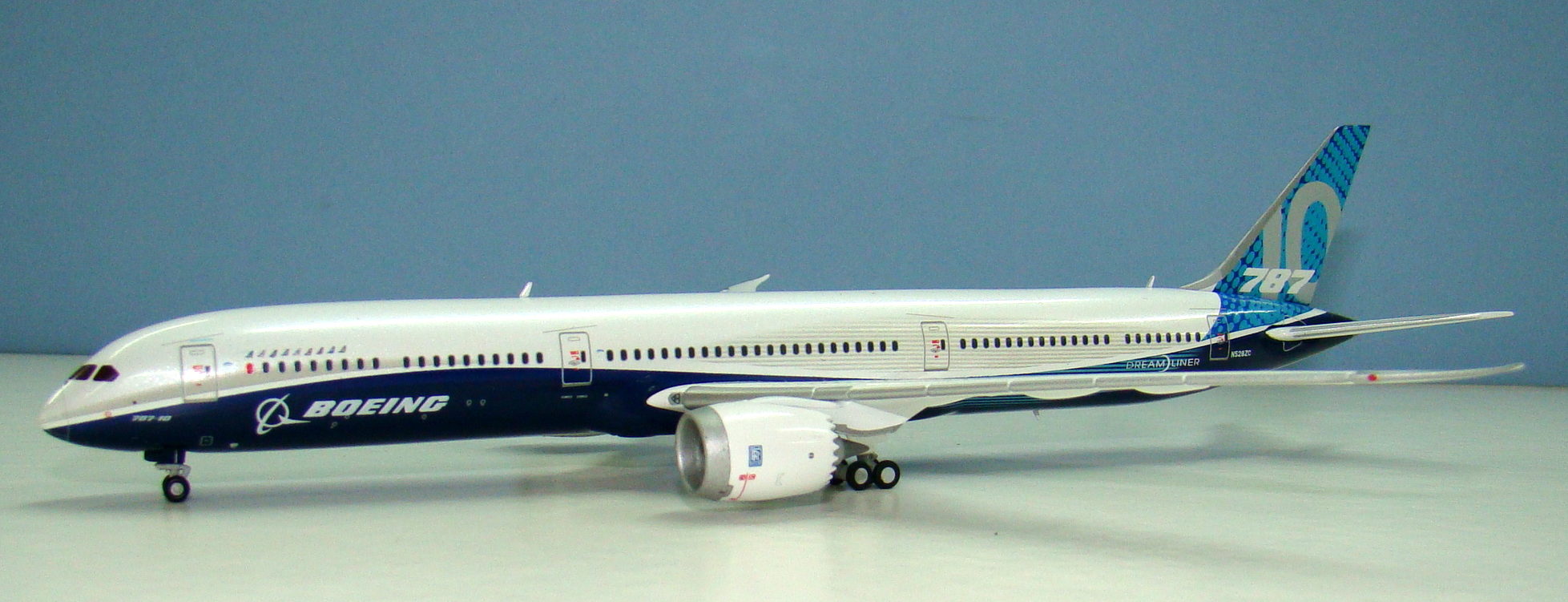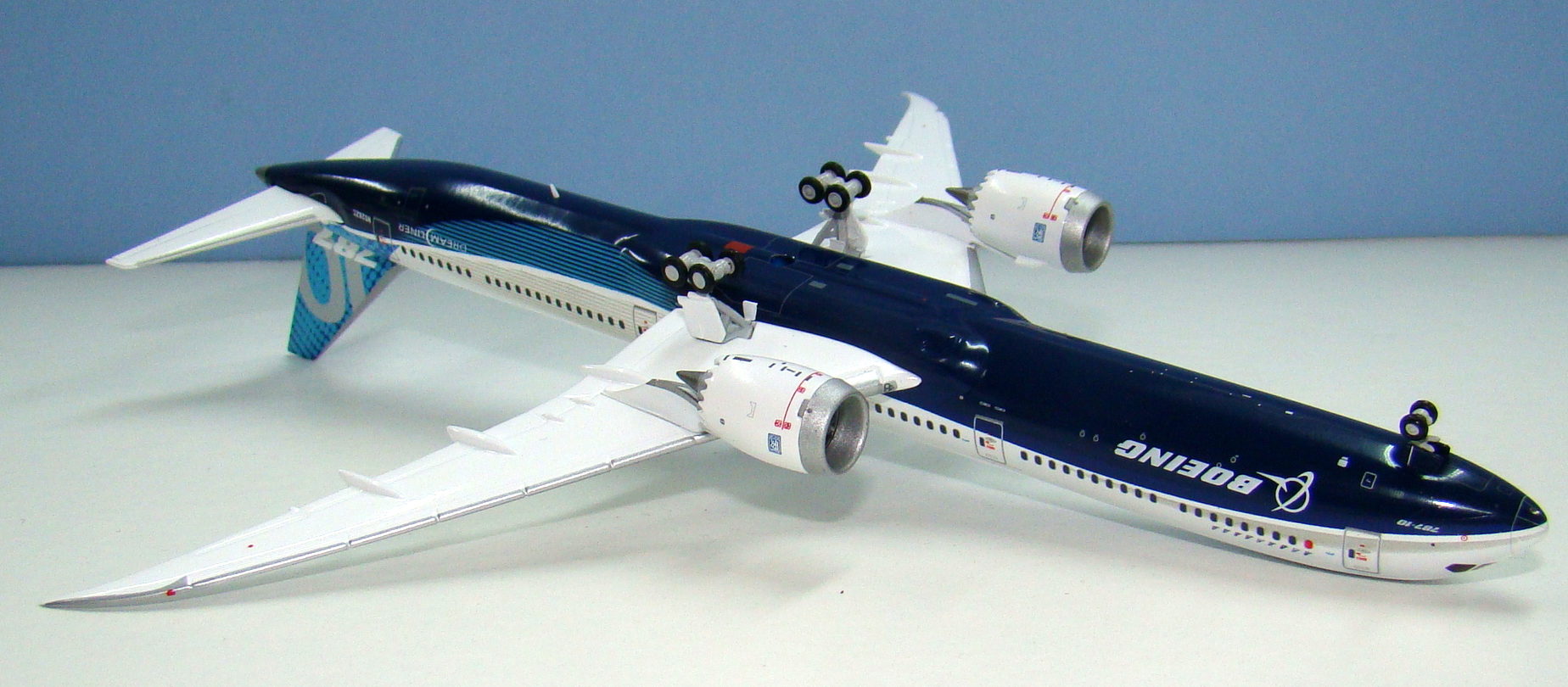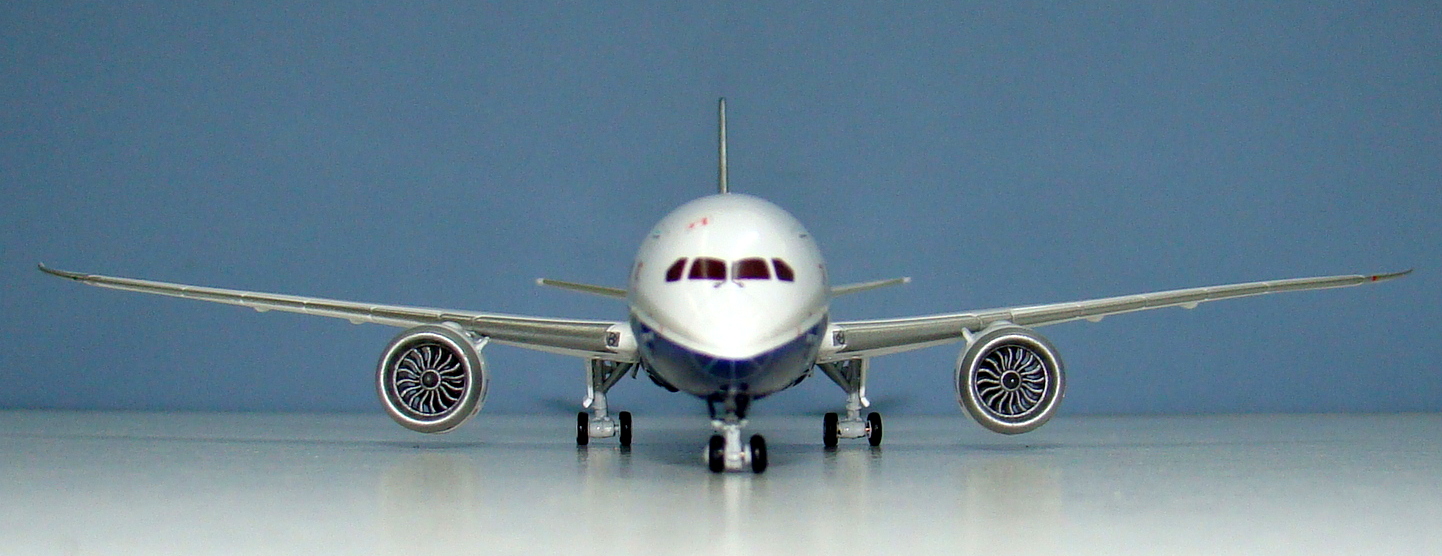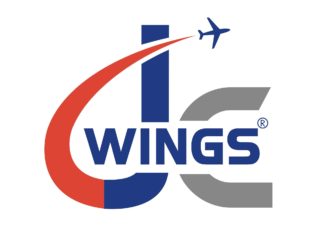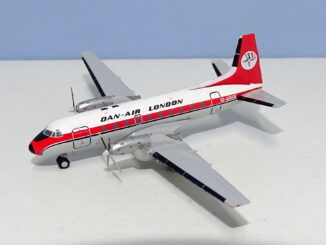
You just can’t argue with the money and effort that JC Wings has been putting into producing new moulds. This has been bearing some beautiful fruit in the widebody arena meaning that JC has some strong releases with which to compete against Phoenix and the newly resurgent Aviation400 in the Boeing widebody space. This includes all three versions of the 787 and in this review we look at the latest and largest the series 10.
THE REAL THING
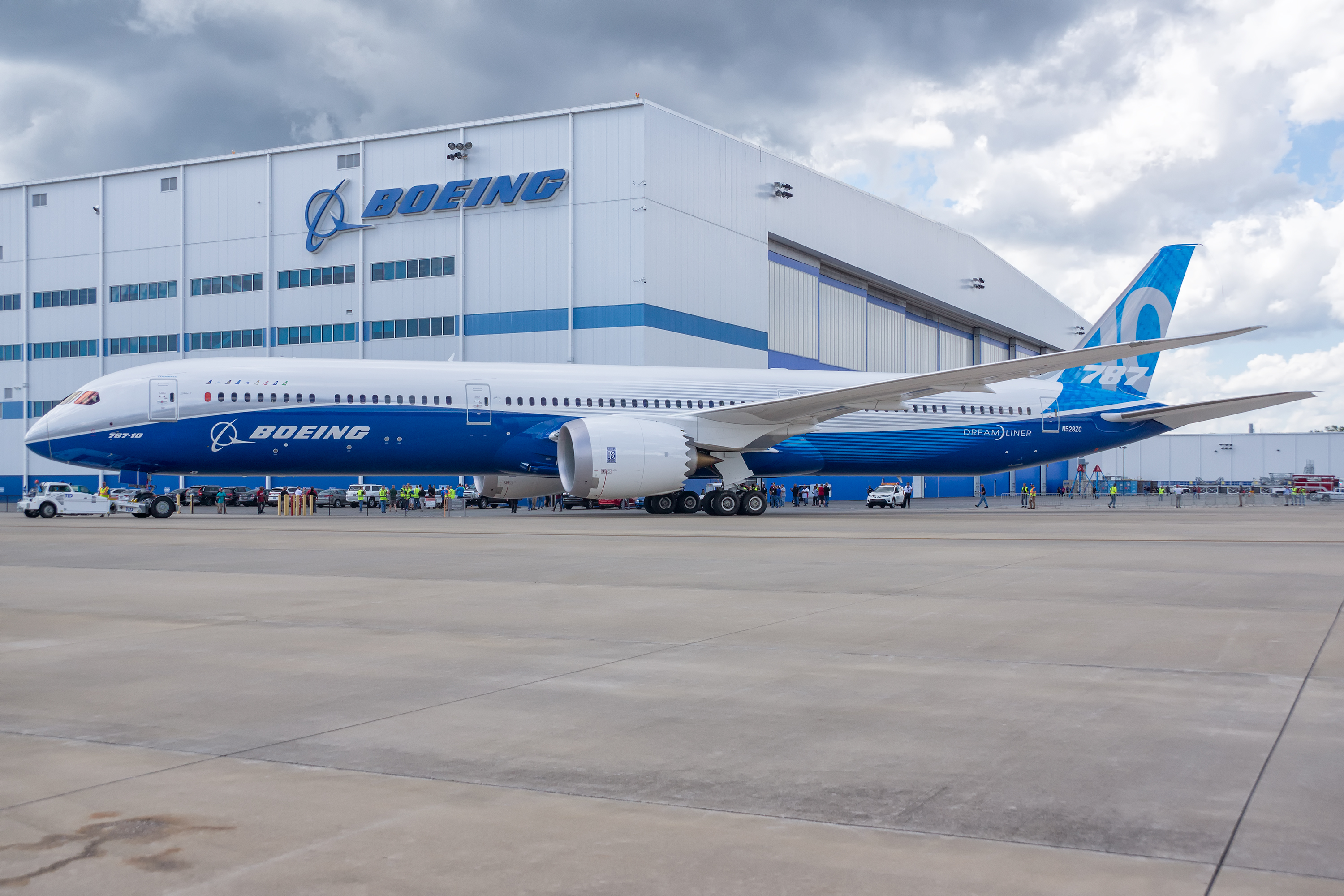
The Boeing 787-10 represents the third realised version of the 787-10 (since the 787-3 was cancelled) and the top end of the 787 in Boeing’s portfolio. Above it the new 777-X fits in to place to compete against the Airbus A350-1000 whilst the 787-10’s primary opponent is the A350-900, although it also is a natural replacement for the Boeing 777-200ER.
The 10 may seem like an obvious and natural progression from the shorter earlier 787 versions however its development was protracted, no doubt in part by the travails of the programme as a whole. The super-stretch was mooted as early as December 2005; however it wasn’t until June 2013 that the variant was officially launched, with orders or commitments for 102 frames.
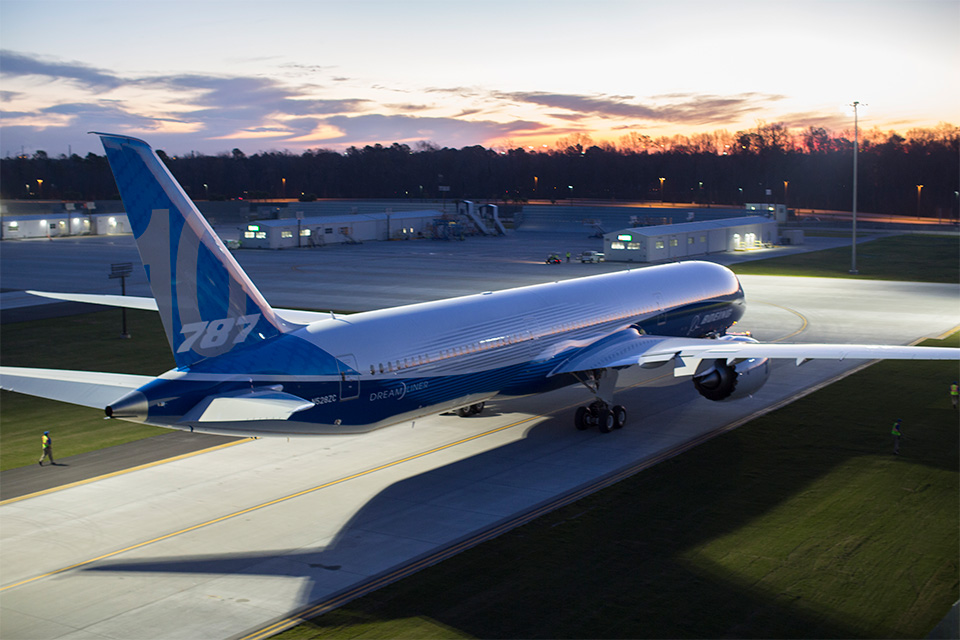
Boeing has strongly pushed the ‘Dreamliner effect’ it says the 787 has had in opening up new route pair opportunities and providing a superior inflight experience for passengers. The 787-10 doesn’t see any need to change this and is a simple stretch over the 787-9 of 5.47 metres with frames added both forward and aft of the wing. In fact it has 95% commonality with the earlier 787s.
Compared to the competing A350-900 it has a narrower fuselage and less range but is also significantly lighter, has smaller engines and so is cheaper to operate. For airlines like Emirates who are looking to operate the type over relatively short sectors of about eight hours (3,800nm) the 787-10 appears to have the edge over the larger Airbus.
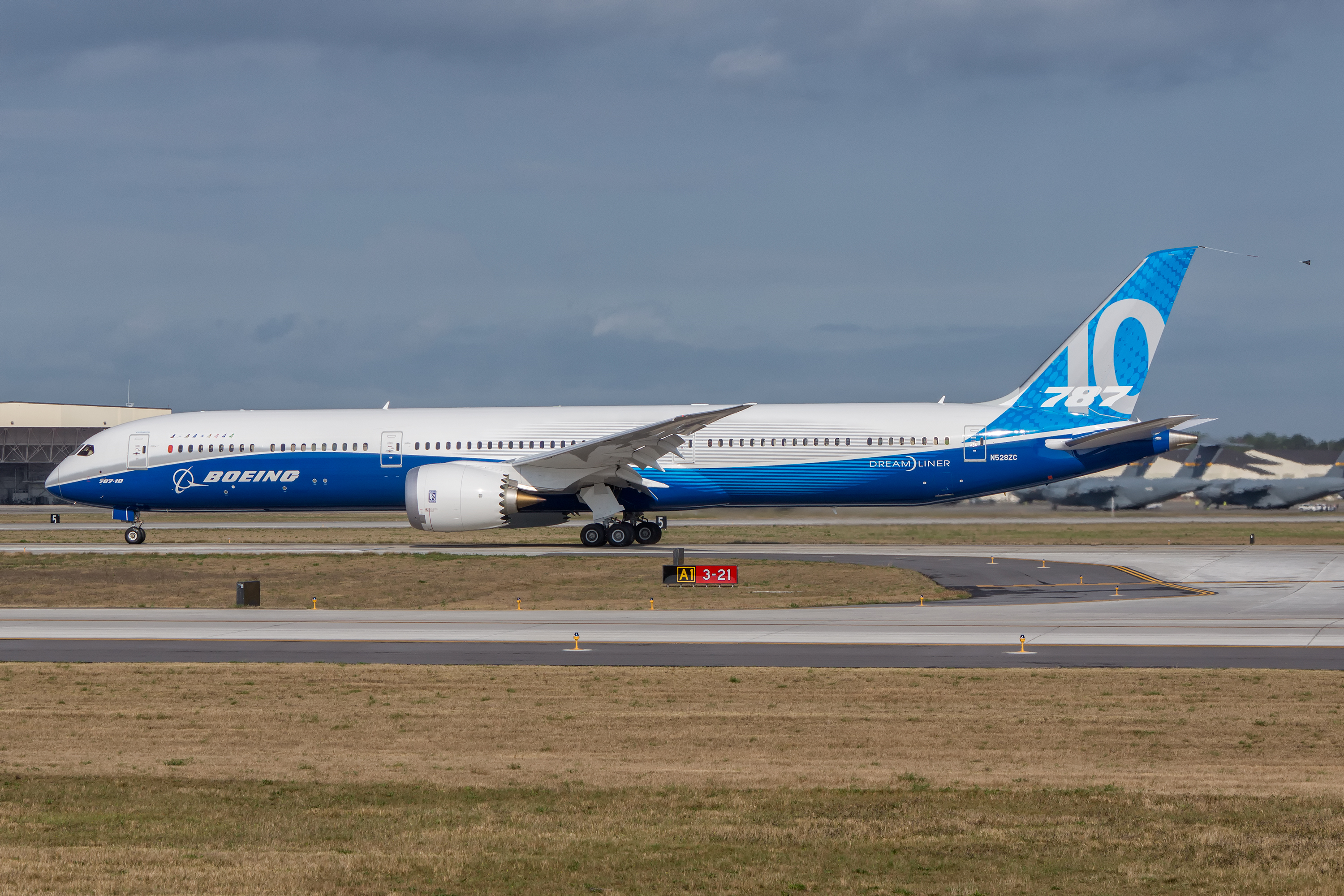
The first 787-10, powered by Rolls-Royce Trent 1000s, took to the skies on March 31, 2017, for a 4 hour 48 minutes flight, registered as N528ZC. She was the first Boeing aircraft fully completed at the Charleston, South Carolina site as opposed to in Washington. She was joined by a further two sisters for the flight test programme, which was finally completed in January 2018 when the type was certified by the FAA.
The future for N528ZC is delivery to launch customer Singapore Airlines, who with 49 aircraft on order is the largest customer for the series 10 at present. Singapore is scheduled to receive its first aircraft, which I suspect won’t be the test frame, in March 2018 and the type will go into service on regional Asian routes.
THE MODEL
The format for my reviews is to split them into three key areas:
- The mould of the aircraft
- The paint and livery
- Printing and quality control
Each can get a maximum score of 10 for a section giving a maximum combined total score of 30.
THE MOULD
JC Wings has the benefit of having exceptionally good 787 moulds available from which to develop a 787-10. I’ve reviewed both a flaps up and down version of their newer 787-9 mould previously (see here and here) and given the scores they received it is no news that this version also scores well. Once again the mould has a flaps up and down variant of which I am reviewing the flaps up type.
As with the 787-9 moulding the fuselage and nose shape is spot on as is the vertical stabiliser. All three aerials are present on the mould, but as with the 787-9, it lacks the small hump on the roof just aft of the wings. This is about the sole complaint I can come up with.
The engines and engine pylons are excellent. They maybe plastic but this allows all the fine detail that they need and the ground clearance is more than adequate. They are attached to a beautiful wing excellently curved and precise.
The wheelhubs remain a weakness of JC Wings models in general but not enough that any points are going to be lost. This is a superb mould and fitting stablemate with JC Wings other 787s.
SCORE – 10
PAINT & LIVERY
As you’d expect the prototype 787-10 wears the lovely modern Dreamliner introduced Boeing house colours. Unlike the simple Airbus house scheme this is a complex and intricate livery consisting of three different blues and a silvery grey. As with many modern schemes the richness of the colours changes markedly in different lights. JC Wings has gone to the darker side. The belly colour is almost navy. In darker light this can look accurate but in the majority of the photos I’ve seen it is much too dark. The tail colours aren’t ideal either. The lightest blue on the tail looks good, however the background blue on the tail is again too dark.
In all other aspects of the scheme the model is almost photo-realistic. This is an impressive feat considering the complex bubble style pattern of the tail and graded grey striping on the fuselage. The position of the wavy lines and scheme details, like titles, are excellent.
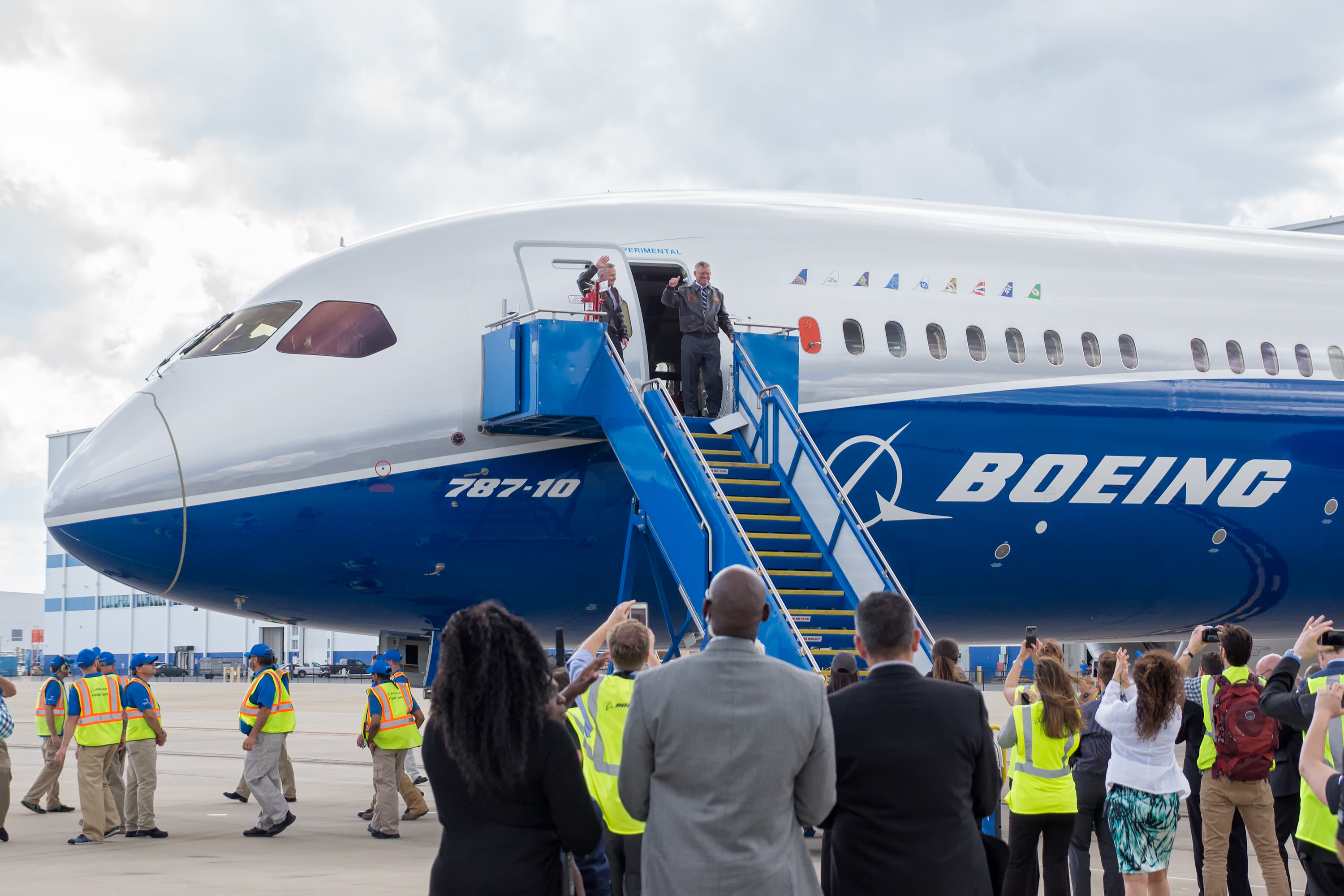
Even the detail of the nine minute airline tails near the L1 door is good. Under a magnifying glass it is possible to pick out airlines like All Nippon. For completeness sake they run from left to right: United, KLM, Singapore, Air Lease Corp, GECAS, Etihad, British Airways, All Nippon and Eva Air.
Also worth mentioning as a last point is the pearlescent nature of the finish on the main body above the blue. Aside from the darkness of the blues this is an excellent effort at a livery.
SCORE – 8
PRINTING & QUALITY CONTROL
JC Wings capability at printing details on their models is currently only rivalled by Panda. They are so good I am beginning to take them for granted. To compare printing three areas are usually key – the entry doors, the underbelly and the engine nacelles. The printing in all three areas here is superb from the tiny ‘EXPERIMENTAL’ above the L1 door to the RR logo on the engines. It is however all the little lines and squares that really make the printing standout.
Whereas the print details on the engines is excellent some of the colouring isn’t so good. The model has lovely see through fanblades but they are too silvery and not the dark titanium grey they ought to be. The rims are very silvery too but it looks like they are in real life. Another problem is the exhaust cone itself. It should be golden but on the model is metallic grey.
Construction quality has also improved massively at JC within the past year. This model has no flaws. The closest thing I could find to an issue is that the port side engine nacelle rim isn’t completely flush with the rest of the engine. You have to look close to notice it and run your finger along the engine.
SCORE – 9
CONCLUSION
A truly superior effort by JC Wings has seen a massive overall improvement in their models and this mould is front and centre as a part of that. Even so closer attention to colour on this mould would produce an almost perfect score. Knocking three points off this model seems harsh but even so this is a great addition to any collection. For 787s JC Wings should nowadays be your first stop.
FINAL SCORE – 27/30






